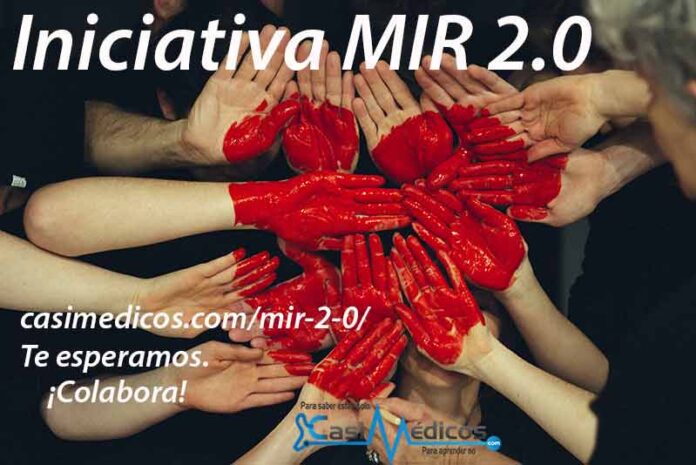cortesía de Cecilia Albert
La numeración corresponde con la versión 0 del examen. Plazo reclamaciones a las Plantillas de Respuestas correctas 6, 7 y 8 de Febrero de 2019
La pregunta 76 podría intentarse impugnarla.
76. Mujer de 50 años que acude a urgencias por cuadro de dolor en hipocondrio derecho, fiebre e ictericia. La ecografía informa de colecistitis aguda litiásica con dilatación de la vía biliar principal por posible coledocolitiasis. ¿Qué considera más apropiado hacer primero?
- Cirugía urgente.
- Colangiorresonancia magnética.
- TC abdominal.
- Colangiopancreatografia endoscópica con esfinterotomía.
Respuesta del ministerio: 4
Considero que esta pregunta es impugnable.
Un paciente diagnosticado de colecistitis aguda litiásica con dilatación de la vía biliar, probablemente se deba a coledocolitiasis aunque, si bien es menos frecuente, no se puede descartar un síndrome de Mirizzi. Para confirmar que se trata de coledocolitiasis, se debería realizar una prueba de imagen, preferiblemente colangioresonancia.
Por otra parte, paciente con colecistitis aguda tiene indicación quirúrgica. Durante el acto quirúrgico se podría realizar la colecistectomía y una colangiografía intraoperatoria para confirmar la coledocolitiasis y en tal caso tratarla. Consideraría correcta la opción 1, hacer la colecistectomía y colangiografía en un mismo acto y no someter al paciente a una colangiopancreatografia endoscópica con esfinterotomía sin resolver la colecistitis aguda.
Bibliografía para impugnarla: UpToDate® . Treatment of acute calculous cholecystitis. Authors:Charles M Vollmer, Jr, MDSalam F Zakko, MD, FACP, AGAFNezam H Afdhal, MD, FRCPISection Editor:Stanley W Ashley, MDDeputy Editor:Wenliang Chen, MD, PhD. Literature review current through: Jan 2019. | This topic last updated: Oct 18, 2018. www.uptodate.com
“Five to 15 percent of patients who present with acute calculous cholecystitis have associated common bile duct (CBD) stones. Hence, patients should undergo standard preoperative laboratory and imaging tests and/or intraoperative cholangiography to diagnose CBD stones; those who are diagnosed with common bile duct stones should be treated accordingly with endoscopic or surgical common duct exploration. Diagnosis and treatment of CBD stones are discussed in other topics. (See «Choledocholithiasis: Clinical manifestations, diagnosis, and management» and «Surgical common bile duct exploration».)”
“An uncommon condition that could occur in the context of acute cholecystitis and mimic CBD stones is Mirizzi syndrome, which occurs in 1 percent of patients with cholelithiasis. Mirizzi syndrome is discussed in a dedicated topic. (See «Mirizzi syndrome».)”
“Intraoperative cholangiography — During cholecystectomy, intraoperative cholangiography may be performed to confirm the diagnosis of choledocholithiasis and/or outline the biliary anatomy.”
“Some surgeons perform routine intraoperative cholangiography in all patients undergoing cholecystectomy. Proponents of routine cholangiography describe the added benefit of practice and training to improve outcomes during more challenging cases.”
“We selectively perform intraoperative cholangiography based upon findings such as elevated liver function tests, a dilated common bile duct (>6 mm), or a history of pancreatitis.”
Si crees que alguna otra pregunta es impugnable, envíanos tus argumentos recuerda aportar bibliografía y numero pregunta según versión 0 MIR 2019
¿Tienes curiosidad por saber lo que han dado de sí las preguntas del MIR2019? Pulsa aquí.






